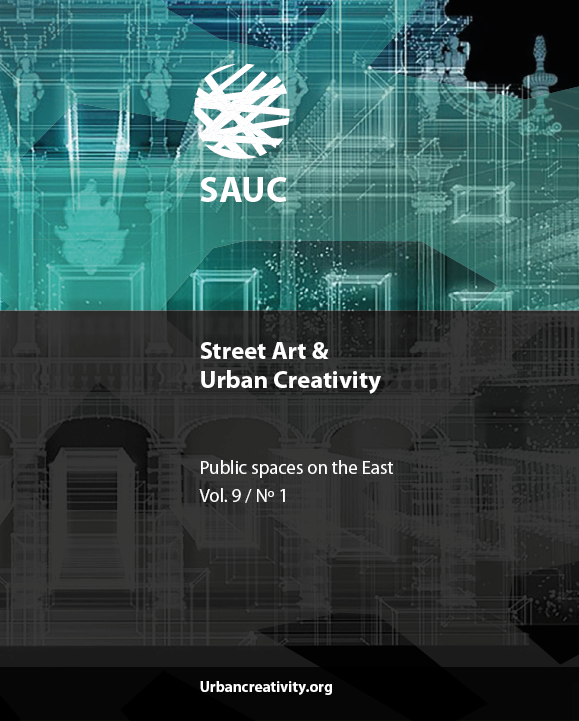The development of Albanian art during the Middle Age
DOI:
https://doi.org/10.25765/sauc.v9i1.687Abstract
In the latter part of the Middle Age, Albanian urban society reached a high point of development. Foreign commerce flourished to such an extent that leading Albanian merchants had their own agencies in Ragusa, Venice and other medieval urban centres. This prosperity stimulated the development of education and the arts. Therefore, this paper elaborates some significant features about medieval Albanian cultural history. The works of painters and art masters were observed to provide a more comprehensive overview of culture as an integral component of spiritual life, as well as the Albanian medieval history in general. This paper uses a comprehensive and chronological perspective. This approach combines archival sources with contemporary literature to take a literal interpretation of cultural or artistic developments.
Downloads
Global Statistics ℹ️
|
220
Views
|
316
Downloads
|
|
536
Total
|
|
Downloads
Published
How to Cite
Issue
Section
License
Those authors who publish in this journal accept the following terms:
-
Authors retain copyright.
-
Authors transfer to the journal the right of first publication. The journal also owns the publishing rights.
-
All published contents are governed by an Attribution-NoDerivatives 4.0 International License.
Access the informative version and legal text of the license. By virtue of this, third parties are allowed to use what is published as long as they mention the authorship of the work and the first publication in this journal. If you transform the material, you may not distribute the modified work. -
Authors may make other independent and additional contractual arrangements for non-exclusive distribution of the version of the article published in this journal (e.g., inclusion in an institutional repository or publication in a book) as long as they clearly indicate that the work was first published in this journal.
- Authors are allowed and recommended to publish their work on the Internet (for example on institutional and personal websites), following the publication of, and referencing the journal, as this could lead to constructive exchanges and a more extensive and quick circulation of published works (see The Effect of Open Access).













